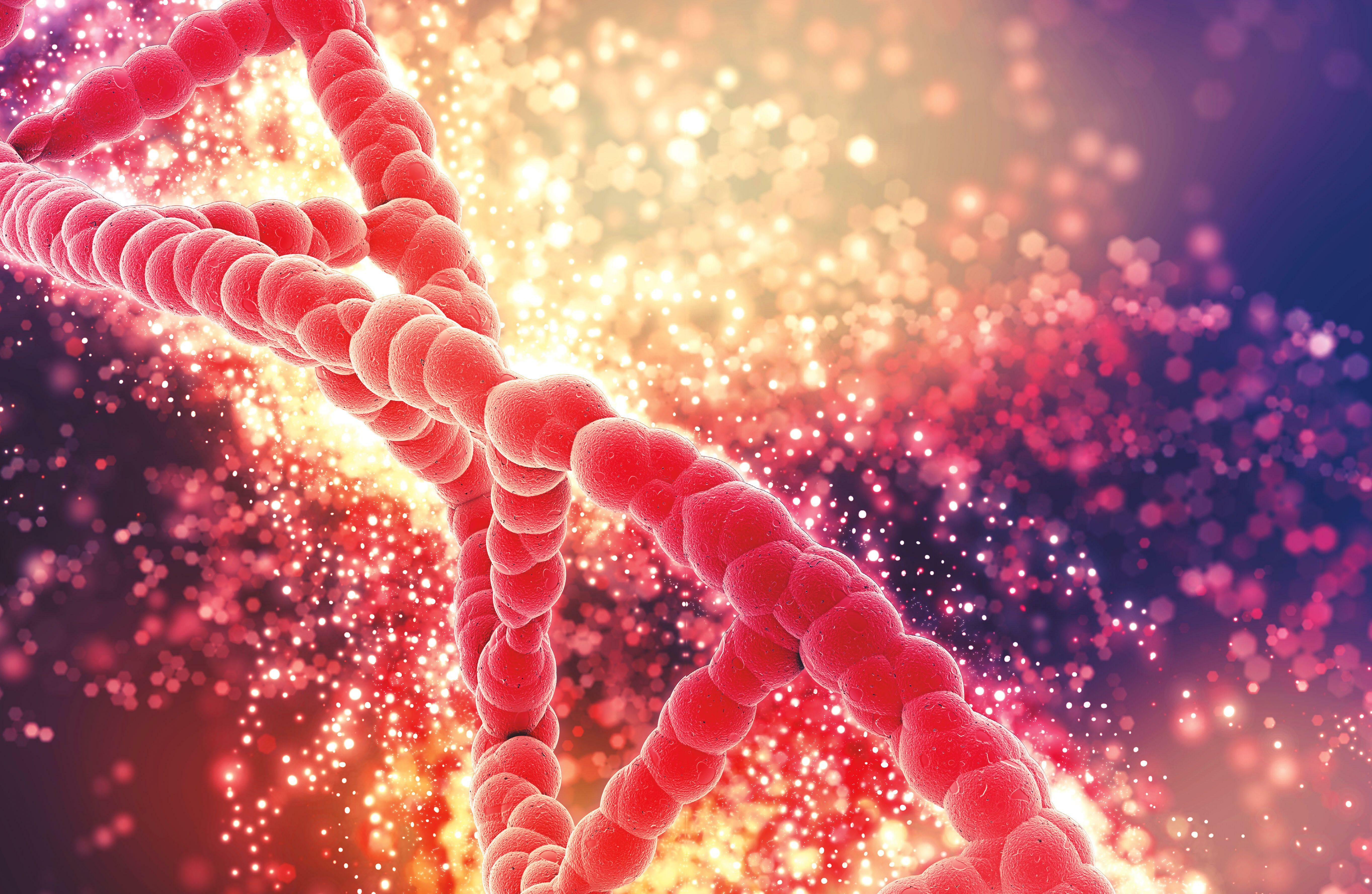THE CODE OF LIFE
The Week Junior Science+Nature UK
|Issue 66
Peter Gallivan plunges into the twisted world of DNA - the hidden code that holds the secret to life on Earth.
-

If you look at life on this planet, there is staggering variety. From pine trees to porcupines, and seaweed to stegosaurs, living things have evolved and adapted into almost every form imaginable. However, despite all these differences, there is one strand that connects all life: DNA. Read on to discover what this fascinating molecule is, and how scientists studying it are uncovering life’s biggest secrets.
Look inside
If you look at any organism (living thing) up close under a microscope, whether it is a plant, animal, fungus or even bacteria, you will start to see some similarities between them. First of all you will see cells. These structures are tiny bags of mostly water, as well as some very important chemicals needed for life, including DNA.

DNA is basically a detailed list of instructions. Within its snaking structure, it contains all the information needed to create each organism – what it will look like and how it will work. Despite its vital role, it is surprisingly simple. DNA is a long twisting ladder, made up of two strands of sugars that are linked together by rungs made of four different molecules, called bases.
A simple code
This story is from the Issue 66 edition of The Week Junior Science+Nature UK.
Subscribe to Magzter GOLD to access thousands of curated premium stories, and 10,000+ magazines and newspapers.
Already a subscriber? Sign In
MORE STORIES FROM The Week Junior Science+Nature UK

The Week Junior Science+Nature UK
FIGHTING THE FREEZE
Claire Karwowski uncovers nature's wildest ways of fighting the winter freeze.
6 mins
Christmas 2025
The Week Junior Science+Nature UK
Cook up bioplastic decorations
Make your own eco-friendly ornaments.
1 min
Christmas 2025

The Week Junior Science+Nature UK
Should we switch off Christmas lights?
They brighten up the festive season, but they can have a negative impact on the environment.
1 mins
Christmas 2025
The Week Junior Science+Nature UK
Three spectacular illuminations
Glow Wild, Wakehurst
1 min
Christmas 2025

The Week Junior Science+Nature UK
THE LAST DAYS OF POMPEII
For the first time, an immersive exhibition about the destruction of the ancient Roman city of Pompeii has opened in London.
1 min
Christmas 2025

The Week Junior Science+Nature UK
Wildlife watch
Jenny Ackland unveils a winter wonderland of natural delights this festive season.
1 mins
Christmas 2025
The Week Junior Science+Nature UK
Make Snow globes
Create the perfect Christmas gift.
1 min
Christmas 2025

The Week Junior Science+Nature UK
Maggie Aderin-Pocock
Meet the scientist \"blasting off into space\" at the Christmas Lectures.
3 mins
Christmas 2025
The Week Junior Science+Nature UK
Make vegan eggnog
Whip up a dairy-free festive winter warmer that is perfect for cold nights.
1 min
Christmas 2025

The Week Junior Science+Nature UK
Octopuses
Meet the colour-changing, shape-shifting, fortune-telling aliens of the seas.
2 mins
Christmas 2025
Translate
Change font size

